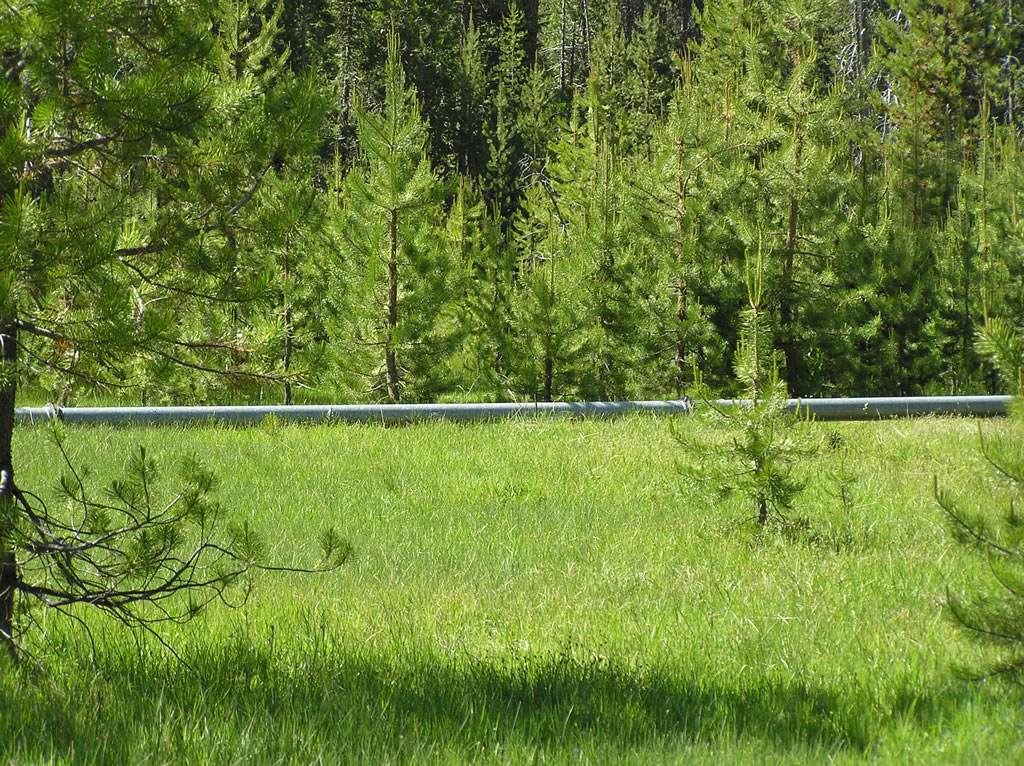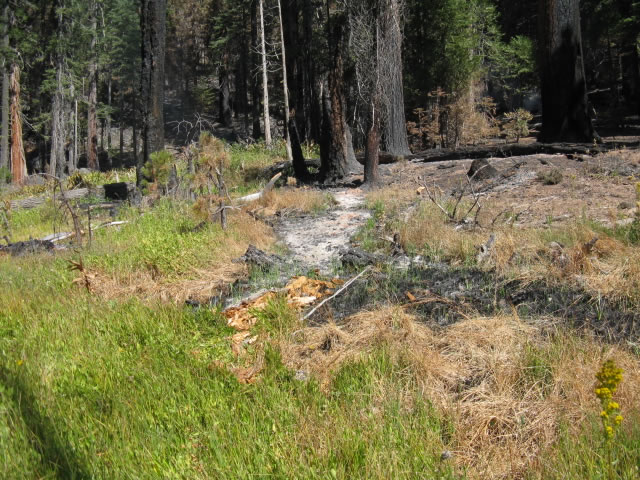Fen Conservation on National Forests in California
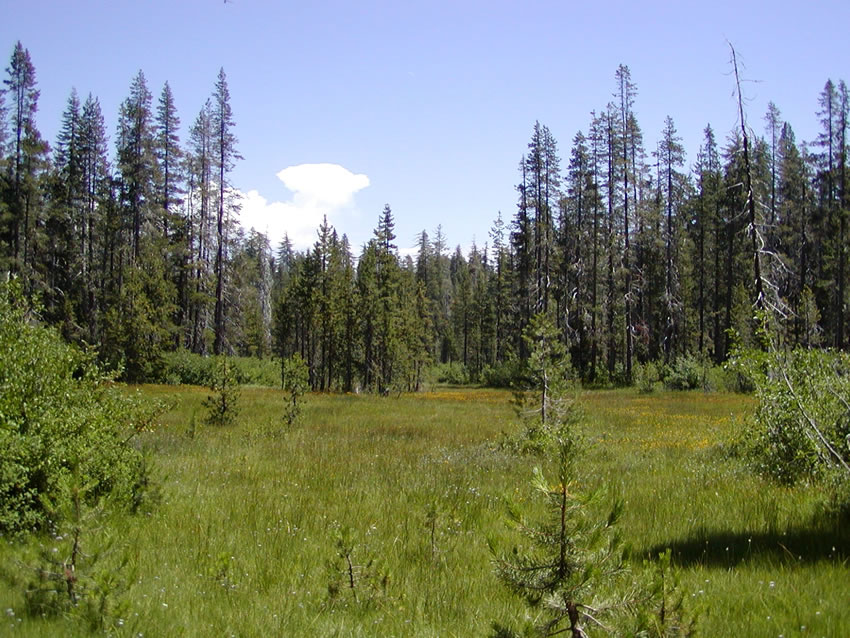 Greens Flat Fen, Plumas National Forest. Photo by Catie and Jim Bishop.
Greens Flat Fen, Plumas National Forest. Photo by Catie and Jim Bishop.
Fens are an important wetland type in the mountains of California. Groundwater alteration, land use, and exotic plant species threaten fens. The following photos highlight disturbances to fens on the Lassen National Forest.
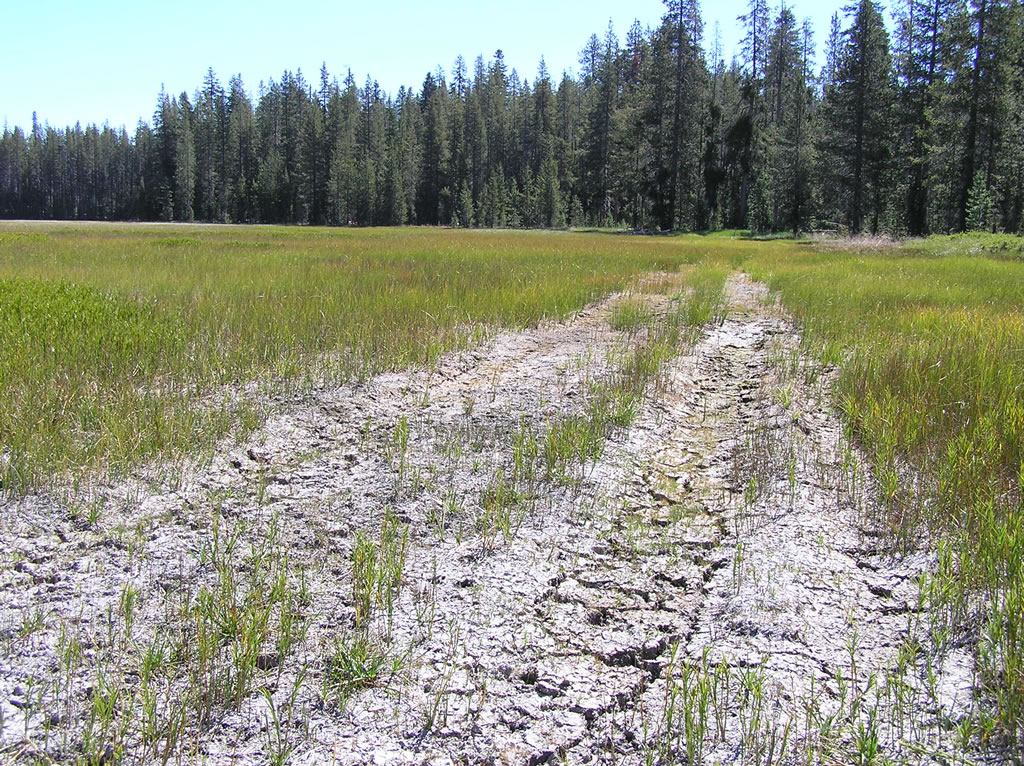 Off-highway vehicle tracks across hydrologically altered fen and meadow. Limosa Fen, Lassen National Forest, is a basin fen in a large till field. The wetland is bisected by a shrubby berm, with fen to the west and disturbed meadow to the east. The surrounding upland has been heavily timbered. Photo by Allison Sanger.
Off-highway vehicle tracks across hydrologically altered fen and meadow. Limosa Fen, Lassen National Forest, is a basin fen in a large till field. The wetland is bisected by a shrubby berm, with fen to the west and disturbed meadow to the east. The surrounding upland has been heavily timbered. Photo by Allison Sanger.
Proper Functioning Condition
On National Forest lands in California, Proper Functioning Condition (PFC) is used to assess fens. Proper Functioning Condition provides a checklist and supporting science to help rate the condition of fens. This on-the-ground condition refers to how well the physical processes are functioning. Generally, a fen in a physically non-functioning condition will not provide quality habitat conditions. A fen that has recovered to a proper functioning condition either would be providing quality habitat conditions or would be moving in that direction if recovery is allowed to continue.
Read more about Proper Functioning Condition…
Fen Conservation Success Story
Off-highway vehicles affected Tadpole Fen on the Tahoe National Forest. Tadpole Fen is the only known location of Botrychium minganense. The ruts in the fen were raked and access to the fen was blocked. Restricting vehicle access is working and the vehicle ruts are revegetating.
Read more about Tadpole Fen Restoration for Botrychium minganense…
California Fen Conservationists
The following people are associated with the conservation of California's fens and are contributors of images seen in this article about California Fens.
Jim Battigan
 Jim Battigan.
Jim Battigan.
Jim Battagin updated “A Vegetation Survey of the Butterfly Botanical Area, California” by Walter and Irja Knight and John Thomas Howell with A Flora of the Butterfly Botanical Area and the Butterfly Creek Watershed in 1997. The third edition was published in 2005.
Jim has lived in the Butterfly Valley and Quincy, California, areas for many years. He has a fond love of the Butterfly Valley Botanical Area and has helped with posting signs and leading field trips for interested individuals. He received his bachelor’s degree from the University of California at Berkeley and has worked as a botanist for many years.
Jim and Catie Bishop
 Jim and Catie Bishop.
Jim and Catie Bishop.
Jim and Catie Bishop worked as temporary employees for the Plumas National Forest for several years. Part of their work included an inventory of the fens in three areas of the forest: Coldwater Willow, Beckwourth, and Bucks Lake Wilderness. Their reports on these three areas are available in More Information.
Jim and Catie are active in the California Native Plant Society both at the local and state levels. Jim has a Bahelor’s degree in geology and Catie has one in biology.
David Cooper
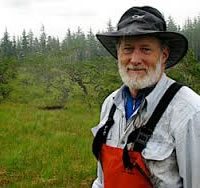 David Cooper.
David Cooper.
David Cooper is a professor of Wetland and Riparian ecology in the Department of Forest and Rangeland Stewardship at Colorado State University. For over 10 years, David has worked to characterize the presence, distribution, vegetative composition, geochemistry, land forms and function of fens in the Sierra Nevada.
David has visited hundreds of fens in the Sierra Nevada with Evan Wolf and has recently completed a paper on this effort (Wolf, E.C. and D.J. Cooper. 2015. Fens of the Sierra Nevada, California, USA. Mires and Peat, vol. 15 (2014/15), Article 08, p. 1-22). David has also worked with David Weixelman of the U.S. Forest Service to produce an approach for analyzing the condition of fens (Weixelman, D. and D.J. Cooper. 2009. Assessing Proper Functioning Condition for Fen Areas in the Sierra Nevada and Southern Cascade Ranges, California. R5-TP-028. USDA Forest Service, Vallejo, CA. 52 p).
David has worked with the State of California and the staff at the California Native Plant Society to develop a review of the California fens and their vegetation. David very kindly reviewed the California Fens web pages for Linnea Hanson that you are viewing now.
Wayne Dakan
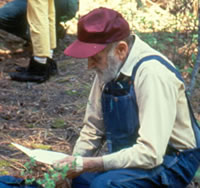 Wayne Dakan.
Wayne Dakan.
Wayne Dakan was a retired railroad worker with Western Pacific when he got interested in botany. He lived in Butterfly Valley one summer and collected plants. His collection of plants is part of the Rebecca Merit Austin Herbarium with the Plumas National Forest.
Martin Lenz
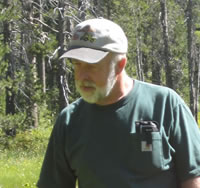 Martin Lenz.
Martin Lenz.
Martin Lenz received his Bachelor’s degree in Biology from Humboldt State University in 1972. He has been identifying and photographing plants in northern California since his early teens. Along the way he has developed a keen interest and expertise in bryophytes. Martin compiled The Bryophyte Flora of the Bighorn National Forest Fens in 2011, prepared for the Bighorn National Forest and The University of Wyoming Natural Diversity Database.
Barbara Wilson
 Barbara Wilson.
Barbara Wilson.
Barbara Wilson is part of the Carex Working Group that consists of three Oregon botanists fascinated by sedges and other difficult to identify plant groups. The botanists in the group are Richard Brainerd, MS, Nick Otting, MS, and Barbara Wilson, PhD. They came together in 193 to map the distribution of Oregon’s sedges and incorporated in 2002. After years of gathering data in the field and herbarium, The Atlas of Oregon Carex was published in 1999. The group is currently working on the sedges in California many of which occur in the fens.
Carl Wishner
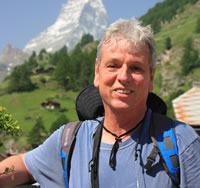 Carl Wishner.
Carl Wishner.
Carl Wishner developed the technical paper, Bryophytes of Fens in the Northern Sierra Nevada which is available in More Information. Carl has a bachelor’s degree in botany from Pierce College and a Masters degreee in biology from Humboldt State University He has served as a professional in environmental biology for thirty years, with experience encompassing a broad base of botanical and zoological natural history, identification, enumeration, and all manner of assessment of impacts to endangered species, mitigation and restoration of habitats. Carl especially likes hiking and photography, and continuing his study of all groups of plants and animals, and their relationships to the environment.
Evan Wolf
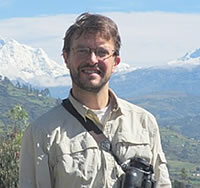 Evan Wolf.
Evan Wolf.
Evan Wolf is currently working on his PhD in wetlands at the University of California at Davis. He completed his Masters of Science in Ecology from Colorado State University. He visited hundreds of fens in California from the Sequoia National Forest to the Modoc National Forest. He recently produced a paper on this effort with David Cooper (Wolf, E.C. and D. J. Cooper. 2015. Fens of the Sierra Nevada, California. USA. Mires and Peat, vol.15 (2014/15), Article 08, p. 1-22).


